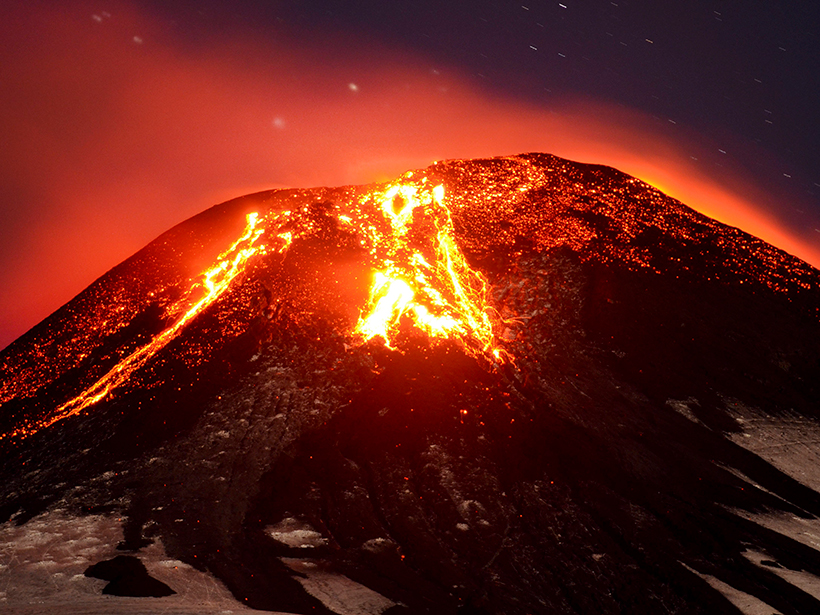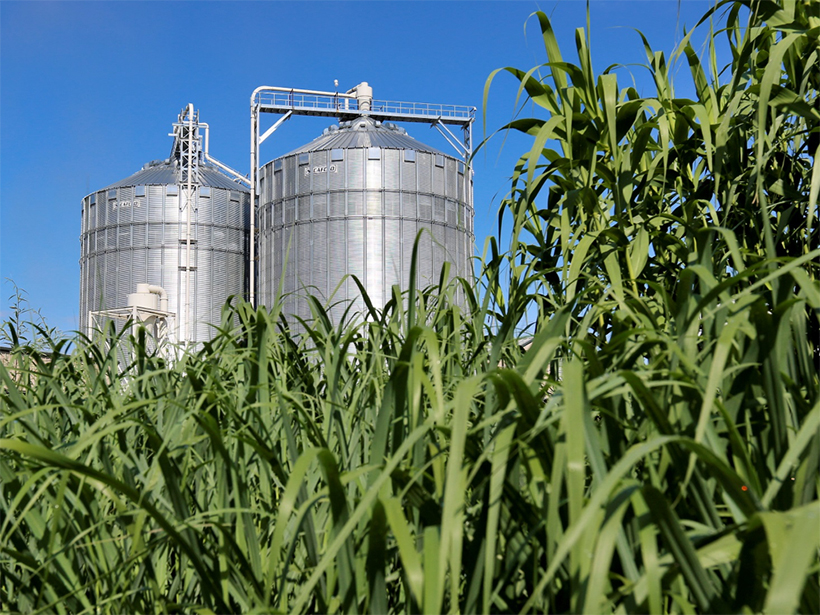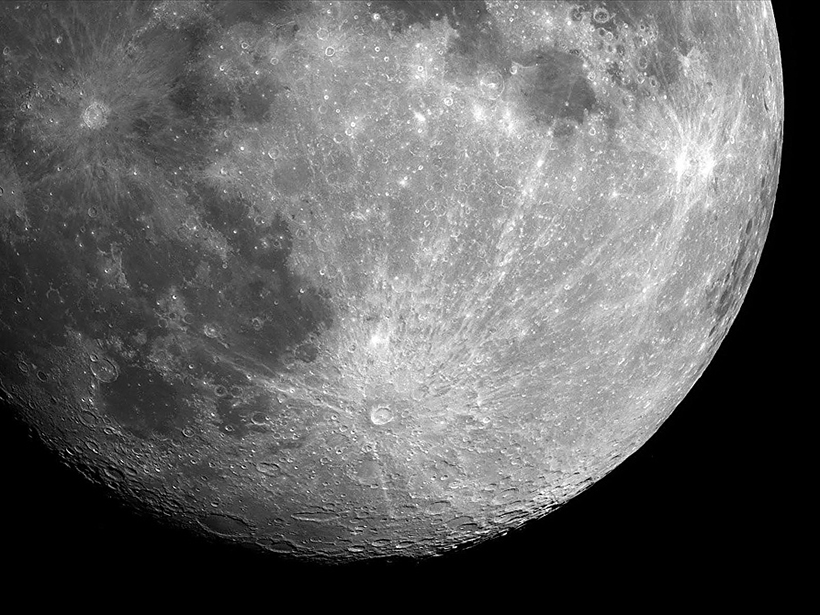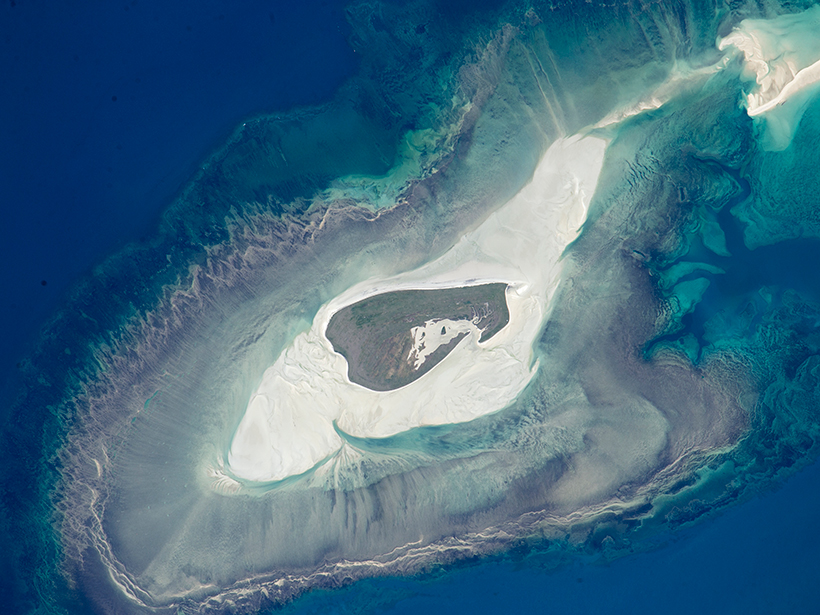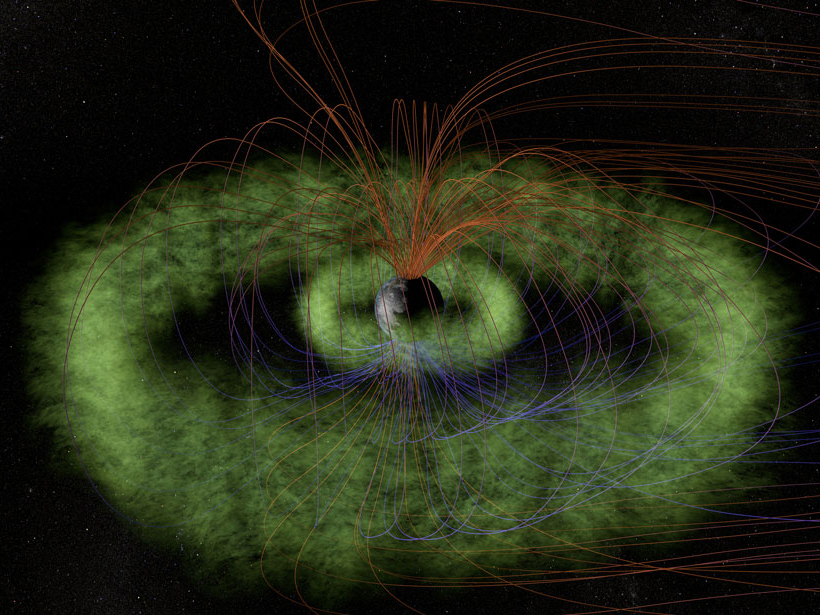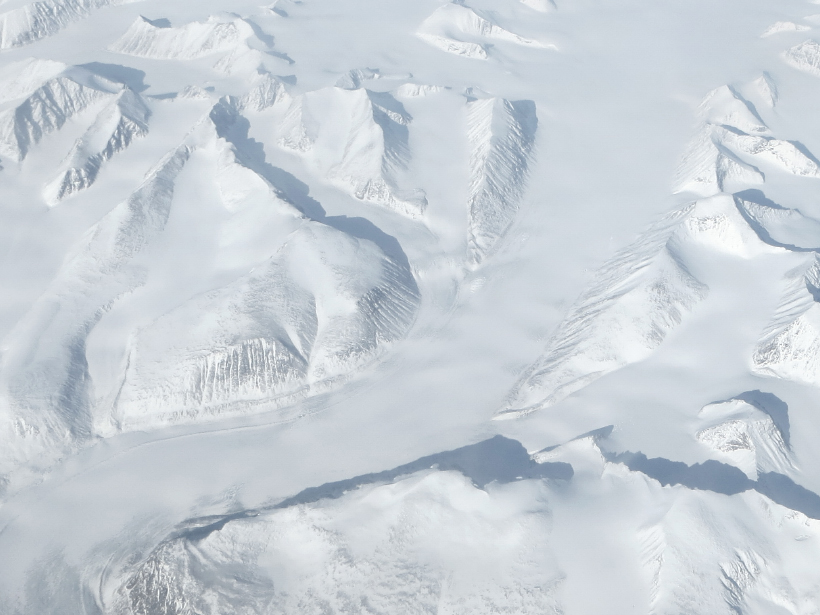Researchers test whether the changing composition of volcanic gas can signal a coming eruption in Chile’s Villarrica volcano.
Research Spotlights
Research spotlights are plain-language summaries of recent articles published in AGU’s suite of 24 journals.
Removing Carbon from the Ground Up
Massive plantations for storing carbon and growing biofuel won’t achieve the Paris Agreement’s “2-degree guardrail,” but they could help.
Impacts of “Bomb” Cyclones Reach the Ocean Floor
Japanese researchers study explosive cyclones with models to simulate decades of ocean circulation data.
Ocean Currents Push Mainland Pollution to Remote Islands
Marine protected areas, set up to conserve marine ecosystems and species, accumulate pollutants swept in from mainland shores by ocean currents.
Meteorites Mix Moon’s Surface at Both Small and Large Scales
A three-dimensional model of material transport suggests that impact cratering can mix lunar soils across distances of more than 100 kilometers.
Can Ocean Tides Be Powerful Indicators of Climate Change?
A new study simulates how ocean warming due to climate change will affect the electromagnetic signal emitted by ocean tides over the next century.
The Asian Summer Monsoon Launches Pollutants Around the Globe
New research provides a comprehensive overview of the effect of the Asian summer monsoon (ASM) on atmospheric composition throughout the life cycle of the ASM anticyclone.
How “Whistling” Plasma Waves Shape Earth’s Radiation Belts
The Van Allen radiation belts surrounding Earth shrink and swell due to plasma waves moving through them, an analysis of satellite data suggests.
New Supercomputers Allow Climate Models to Capture Convection
Scientists evaluate the latest version of a fine-scale climate model by simulating a decade of precipitation patterns across Europe.
How Variations in Earth’s Orbit Triggered the Ice Ages
Researchers pinpoint how Milankovitch cycles have driven ice growth and influenced the timing of glacial periods.

